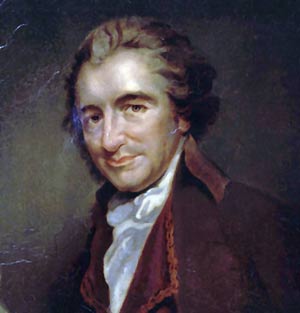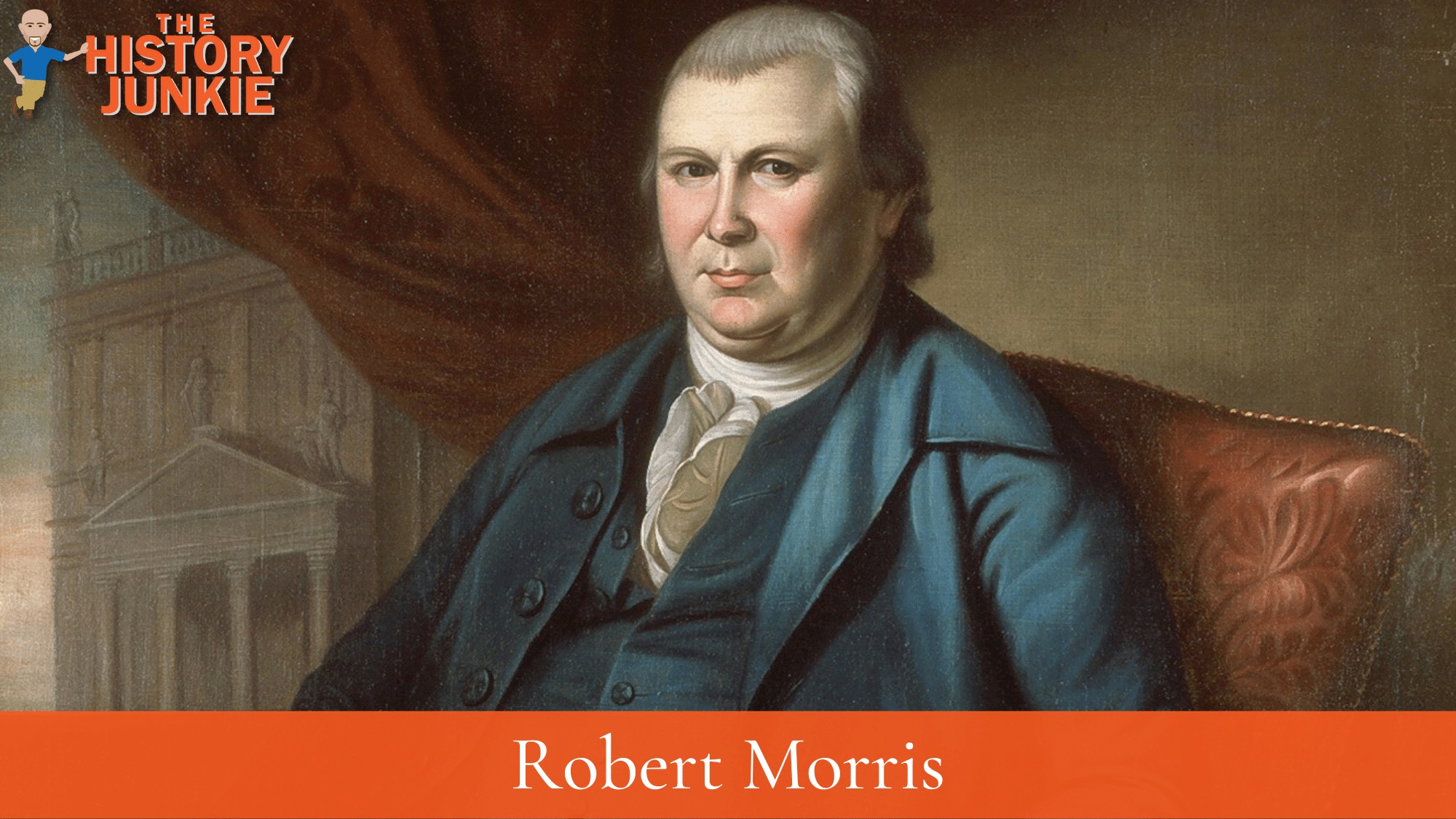Discover Pandipedia
Pandipedia is the world's first encyclopaedia of machine generated content approved by humans. You can contribute by simply searching and clicking/tapping on "Add To Pandipedia" in the answer you like. Learn More
Expand the world's knowledge as you search and help others. Go you!
Let's look at alternatives:
- Modify the query.
- Start a new thread.
- Remove sources (if manually added).
- Request a manual search from our human research team.

The world's largest living organism is a clonal colony of seagrass called Posidonia australis, located in Shark Bay, Western Australia, covering approximately 200 square kilometers (77 square miles)[2]. This organism is estimated to be around 4,500 years old, having spread through underground clonal shoots from a single seed[2].
Additionally, another contender is the Pando aspen grove in Utah, which is also considered the largest living organism by mass, weighing around 6,600 tons and covering 43 hectares (106 acres)[3][4]. Meanwhile, the largest known fungal organism, Armillaria ostoyae, spans 965 hectares (2,385 acres) in Oregon[5][6].
Let's look at alternatives:
- Modify the query.
- Start a new thread.
- Remove sources (if manually added).
- Request a manual search from our human research team.
Get more accurate answers with Super Search, upload files, personalised discovery feed, save searches and contribute to the PandiPedia.
Let's look at alternatives:
- Modify the query.
- Start a new thread.
- Remove sources (if manually added).
- Request a manual search from our human research team.

Introduction to Language Models
Large, unsupervised language models (LMs) have demonstrated impressive capabilities in various tasks, leveraging immense amounts of text data to gain knowledge and reasoning skills. However, controlling the behavior of these models has proven challenging due to their unsupervised nature. Traditional methods of incorporating human feedback into the training process have faced complexities, often requiring first a reward model that reflects human preferences before fine-tuning the model with reinforcement learning from human feedback (RLHF)[1].
The Challenge of RLHF
The process of Reinforcement Learning from Human Feedback (RLHF) involves iterating between creating a reward model based on human preferences and training the language model. Among its drawbacks, RLHF can become unstable and computationally intensive due to the necessity of aligning the model closely with human feedback without deviating too far from its pre-trained state. This instability arises when the reward model does not capture the true preferences effectively, leading to suboptimal performance in generating responses that meet user expectations[1].
Direct Preference Optimization (DPO)
To address these challenges, researchers propose Direct Preference Optimization (DPO). This novel approach simplifies the reward learning process by directly optimizing the policy to satisfy human preferences. Unlike traditional RLHF methods that rely on an explicit reward model, DPO seeks to align the language model's outputs with human preferences directly. This is achieved through an implicit representation of the reward model, such as the Bradley-Terry model, which facilitates more straightforward optimization of model responses[1].
Advantages of DPO
DPO is highlighted for its stability and efficiency, as it eliminates the need for complex RL algorithms while still achieving desirable performance outcomes. DPO's approach consists of four main benefits:
Simplicity: DPO allows for optimization without the complexities involved in constructing a reward model, greatly simplifying the implementation process.
Computational Efficiency: The algorithm prioritizes human preferences directly, leading to a more stable training process that conserves computational resources compared to RLHF methods[1].
Improved Policy Learning: DPO consistently outperforms existing techniques in various scenarios, leading to better adherence to the desired characteristics of the generated content.
Dynamic Importance Weighting: The framework employs dynamic weighting, which adjusts the importance of different human preferences during policy optimization, ensuring that the model learns to prioritize a wider range of user expectations.
The Mechanism Behind DPO
DPO operates by maximizing a reward function derived from human preferences and applying reinforcement learning concepts to refine the output policy of LMs. This directly contrasts with RLHF, which typically involves a secondary sampling process based on human feedback and an uncertainty over the reward modeling that can lead to inefficiencies and unstable training cycles[1].
The algorithm aims to adjust the policy model parameters such that it can predict the preferred response accurately, effectively transforming the preference data into a loss function that can guide training. Hence, DPO streamlines the training pipeline, optimizing the language model more intuitively aligned with human expectations.
Experimental Evaluation

To ensure the effectiveness of DPO, extensive experiments were conducted comparing its performance against traditional RLHF methods. The studies focused on summarization and dialogue tasks, revealing that DPO not only achieves better alignment with human preferences but also demonstrates superior robustness across varying hyperparameters. Specifically, DPO shows better performance than methods that rely on human labeling, indicating that it can efficiently adapt to different input distributions and minimize discrepancies in model outputs[1].
Conclusion and Future Directions
The emergence of Direct Preference Optimization underscores a paradigm shift towards more reliable and efficient training frameworks for language models. By simplifying the interaction between human preference data and model training, DPO enhances the ability of language models to generate responses that are not only accurate but also reflect nuanced human expectations.
Future research directions include exploring advanced methods for incorporating more explicit feedback mechanisms into DPO frameworks, further improving the adaptability of language models across various applications. Also, investigating the implications of adapting DPO to other domains of artificial intelligence could broaden its applicability and enhance other model performance metrics[1].
In summary, DPO represents a significant advancement in the field of natural language processing, promising to make interactions with language models more aligned with user desires while maintaining efficiency and consistency in training.
Let's look at alternatives:
- Modify the query.
- Start a new thread.
- Remove sources (if manually added).
- Request a manual search from our human research team.
Codecademy
Offers interactive courses covering languages like Python, Java, and HTML, making it ideal for hands-on learners. Users can write code and build projects directly in their browsers, enhancing their practical understanding of programming concepts[2][7].
freeCodeCamp
A comprehensive platform providing free courses on web development and programming that also offers project-based learning. Students can earn certifications by completing coding projects that benefit the community[6][7].
The Odin Project
A free open-source platform that provides a full-stack curriculum. Focuses on projects that prepare learners for real-world application development[1][4][7].
Khan Academy
Known for its gamified approach, it offers a broad range of coding courses while allowing learners to progress at their own pace. The platform enhances engagement through points and achievements earned during lessons[2][6].
Codecademy Pro
A premium upgrade to Codecademy that provides access to real-world projects and quizzes, which facilitate in-depth learning[6].
Team Treehouse
Offers a project-based curriculum focusing on web development and design, alongside tech degree programs designed to help learners build a professional portfolio[1][5].
Stack Overflow
A vast Q&A platform for programmers, allowing users to ask questions and receive answers from experienced coders, thus facilitating peer support[6][7].
HackerRank
Provides coding challenges that help users improve their skills and prepare for technical interviews by practicing coding problems[6][7].
Flatiron School
Offers a structured curriculum aimed at providing foundational coding skills and preparing students for careers in tech through full-time and part-time bootcamp options[5].
Let's look at alternatives:
- Modify the query.
- Start a new thread.
- Remove sources (if manually added).
- Request a manual search from our human research team.
Waterproof Hiking Jacket
The REI's sub-$100 Rainier jacket uses high-quality laminate waterproofing to keep you from getting soaked, with a weatherproof center zip and venting pit zips for improved airflow[11].
Lightweight Hiking Shoes
Salomon's low-top, non-Gore-Tex mesh trail shoes dry quickly and provide comfort and warmth in moderate temperatures, ideal for casual hikers[11].
Durable Hiking Boots
Renegade boots are known for their durability and comfort, although they are a bit heavy; they provide necessary traction and support for challenging terrains[11].
Merino Wool Socks
Smartwool is the industry leader in merino wool, offering socks that are soft, odor-resistant, and comfortable, making them great for hiking and other outdoor activities[9].
Insulated Down Jacket
The Patagonia Down Sweater offers excellent warmth and is made from recycled materials, making it a popular choice for outdoor enthusiasts[7].
Versatile Hiking Pants
Prana's Stretch Zion Pant is noted for its comfort and performance, ideal for both hiking and casual wear, available in various colors and sizes[7].
Compact Camping Stove
The Weber Portable Gas Grill is great for outdoor cooking, equipped to handle diverse meals while camping[8].
Quality Sleeping Bag
The Sea To Summit Ascent Down Sleeping Bag offers exceptional insulation and temperature regulation, suitable for three-season use[8].
Comfortable Camping Chair
The ALPS Mountaineering Getaway Chair is easy to set up and designed for a variety of outdoor activities, offering stability and comfort[8].
Smart Backpack
The Gregory Women's Swift 22 H2O Backpack features multiple adjustment points and excellent padding, making it optimal for day hikes while providing functionality for everyday use[8].
Versatile Tent
The Marmot Limestone 6-person Tent provides ample room for camping with friends or family while remaining lightweight for transport[8].
Durable Cooler
The YETI Roadie 60 Wheeled Cooler is rugged, designed to keep contents cold for extended periods, and easy to transport over various terrains[8].
Comfortable Hiking Shirt
Columbia's Bugaboo jacket is a budget-friendly option featuring waterproof protection and breathable fabric, ideal for day hikes[6].
Thru-Hiking Pants
Rab's Neutrino Pro pants are made from technical materials, offering excellent warmth and durability for high-altitude explorations[7].
Lightweight Hammock
The Eno DoubleNest Hammock is portable and easy to set up, providing a comfortable place to relax during outdoor trips[11].
Collapsible Water Filter
The Sawyer Squeeze water filter is lightweight and effective at removing contaminants, perfect for ensuring clean drinking water while hiking[11].
:max_bytes(150000):strip_icc()/OSAGE-RIVER-9a649f9e64e04085b2d845f145866db9.jpg)
Folding Camping Cot
The Osage River Standard Folding Camping Cot elevates the sleeping experience off the ground, making it comfortable and easy to set up[8].
Emergency Bivvy
An emergency bivvy weighing less than 4 ounces can keep you dry and warm if you spend a night outdoors unexpectedly[11].
Lightweight Tent
The Nemo Dagger Osmo 3 Person Tent is designed for easy setup and exceptional performance in various weather conditions, making it versatile for backpacking[8].
First Aid Kit
A compact, well-stocked first aid kit is essential for safe outdoor adventures, providing peace of mind in case of emergencies[11].
Trekking Poles
Durable trekking poles help reduce the impact on knees while providing stability on rocky trails, essential for serious hikers[11].
Navigation Tools
A reliable handheld GPS can provide accurate navigation in remote areas, critical for adventurers seeking to explore off the beaten path[10].
:max_bytes(150000):strip_icc()/nCamp-Cafe-Portable-Coffee-Maker-9e0e4429b6b542ec8ae5dfc32577f479.jpg)
Portable Coffee Maker
The nCamp Café Portable Coffee Maker makes brewing coffee in the outdoors easy and efficient, enhancing the camping experience[8].
Practical Camp Pillow
The Exped Deep Sleep Pillow offers ergonomic support for a comfortable night’s rest while camping[8].
Lightweight Camping Lantern
The Ultimate Survival Technologies Duro Lantern offers adjustable brightness settings for versatile lighting options during camping trips[8].
Performance Base Layer
The Classic Thermal baselayer by Smartwool is designed for warmth, moisture-wicking, and comfort, ideal for active outdoor pursuits[9].
Let's look at alternatives:
- Modify the query.
- Start a new thread.
- Remove sources (if manually added).
- Request a manual search from our human research team.
Get more accurate answers with Super Search, upload files, personalised discovery feed, save searches and contribute to the PandiPedia.
George Washington
Commander in Chief of the Continental Army who led American forces to victory in the Revolutionary War and became the first President of the United States[1][3].
Thomas Jefferson
Principal author of the Declaration of Independence and third President of the United States; a key proponent of individual liberties and democracy[3][4].
Benjamin Franklin
Founding Father and diplomat who played a critical role in securing French support during the Revolutionary War and helped draft the Declaration of Independence[1][3][4].
John Adams
Influential advocate for independence, member of the Committee of Five that drafted the Declaration, and the second President of the United States[1][3][5].
Alexander Hamilton
Founding Father who served as an aide to Washington and was the first Secretary of the Treasury; co-author of the Federalist Papers[1][3][4].
Samuel Adams
Leader of the Sons of Liberty and a key figure in events leading up to the Revolution, including the Boston Tea Party[3][4][5].
Marquis de Lafayette
French military officer who supported the American cause and became a major general in the Continental Army[1][3][4][5].
James Madison
Author of the Constitution and the Bill of Rights, and the fourth President of the United States[1][3].
Crispus Attucks
Considered the first American casualty of the Revolutionary War, he was killed during the Boston Massacre[1][3][4].
Paul Revere
Silversmith and patriot known for his midnight ride to alert colonists of British troop movements[1][2][3].
Benedict Arnold
Initially a hero of the Revolution, he is infamous for his later betrayal when he attempted to surrender West Point to the British[1][3][5].
Nathanael Greene
Highly regarded officer and strategist in the Continental Army, known for his leadership in the Southern theater of the war[1][5].
General Charles Cornwallis
British general whose surrender at Yorktown effectively ended the Revolutionary War[1][3][5].
Thomas Paine
Political activist and author of the influential pamphlet 'Common Sense,' advocating for American independence[1][3][4].
Margaret Corbin
Patriot who took over a cannon during battle after her husband was killed, later awarded a military pension[1][3].

John Laurens
Aide to Washington who advocated for the enlistment of slaves in exchange for their freedom[1][3][4].
Mary Ludwig Hays (Molly Pitcher)
Recognized for her role in bringing water to troops and taking over her husband's cannon during battle[3][4][5].
Robert Morris
Financier of the American Revolution who played a crucial role in stabilizing the Continental Army’s funding[5].
Let's look at alternatives:
- Modify the query.
- Start a new thread.
- Remove sources (if manually added).
- Request a manual search from our human research team.
Let's look at alternatives:
- Modify the query.
- Start a new thread.
- Remove sources (if manually added).
- Request a manual search from our human research team.

Fresnel lenses played a crucial role in advancing lighthouse technology by significantly improving the intensity and range of light emitted from lighthouses. These lenses allowed for the effective projecting of rays from a point source, enhancing visibility for mariners. Fresnel’s innovations made it possible to create lighter and more compact lenses that could be positioned closer to the light source, thereby increasing their efficiency compared to traditional methods ([1]).
Fresnel's optical systems combined the principles of refraction and total reflection, rendering the lights brighter and more effective over greater distances. This transformation was instrumental in the shift from catoptric (reflective) to dioptric (refractive) lighthouse systems, establishing a standard for modern light signaling ([1]).
Let's look at alternatives:
- Modify the query.
- Start a new thread.
- Remove sources (if manually added).
- Request a manual search from our human research team.
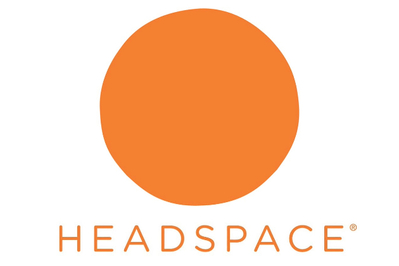
For beginners in meditation, the Headspace app is highly recommended due to its user-friendly interface and extensive library of guided meditations tailored for various needs, including mindfulness and better sleep. It features a structured curriculum for beginners and allows users to customize their practice based on their goals and time available[1].
Additionally, Ten Percent Happier is another excellent choice for those new to meditation, providing easy-to-follow guided sessions and a focus on accessibility, making it suitable for people who feel they aren't the 'meditation type'[2]. Smiling Mind is also useful, as it offers structured programs specifically designed for younger audiences, making it approachable for beginners[2].
Let's look at alternatives:
- Modify the query.
- Start a new thread.
- Remove sources (if manually added).
- Request a manual search from our human research team.











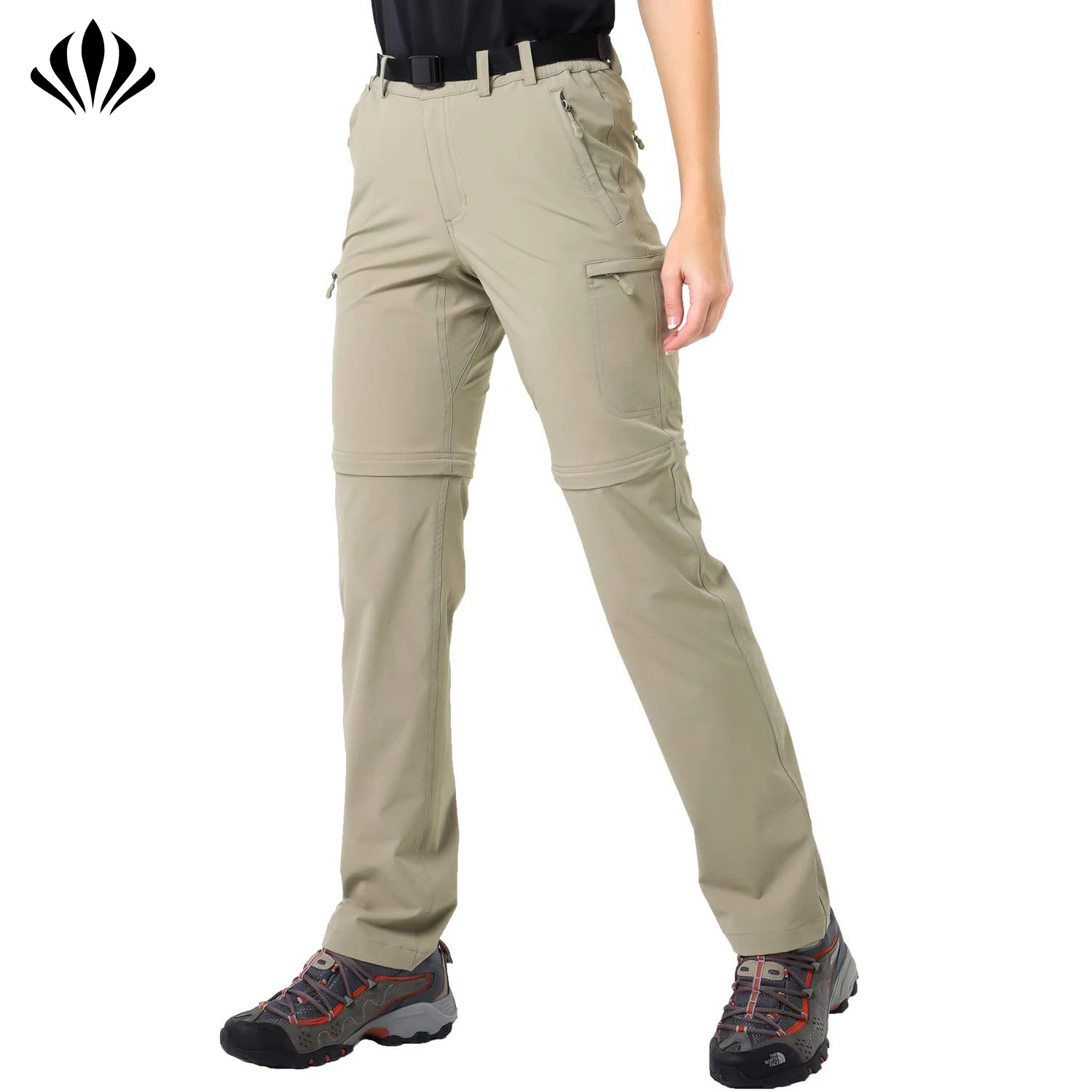




















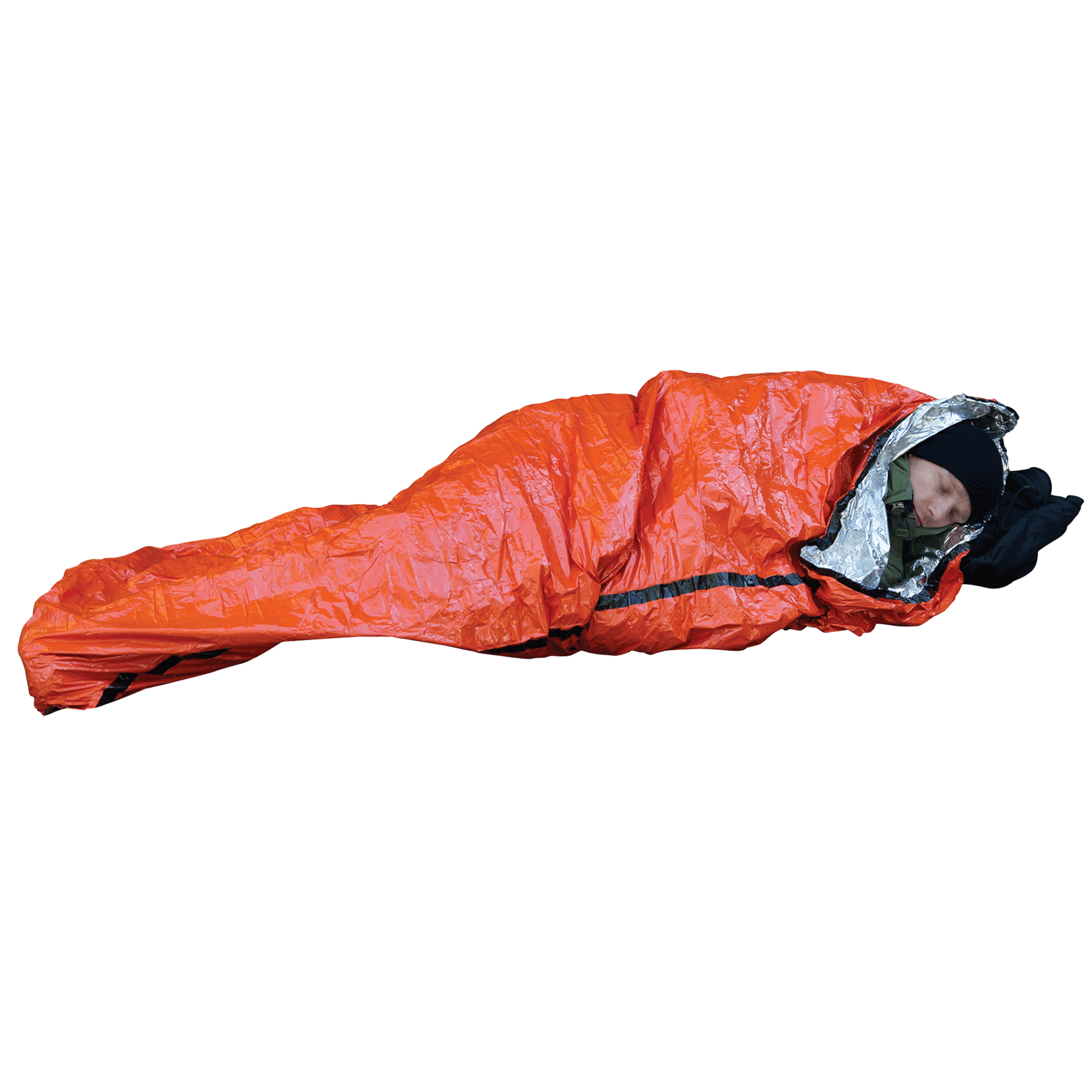

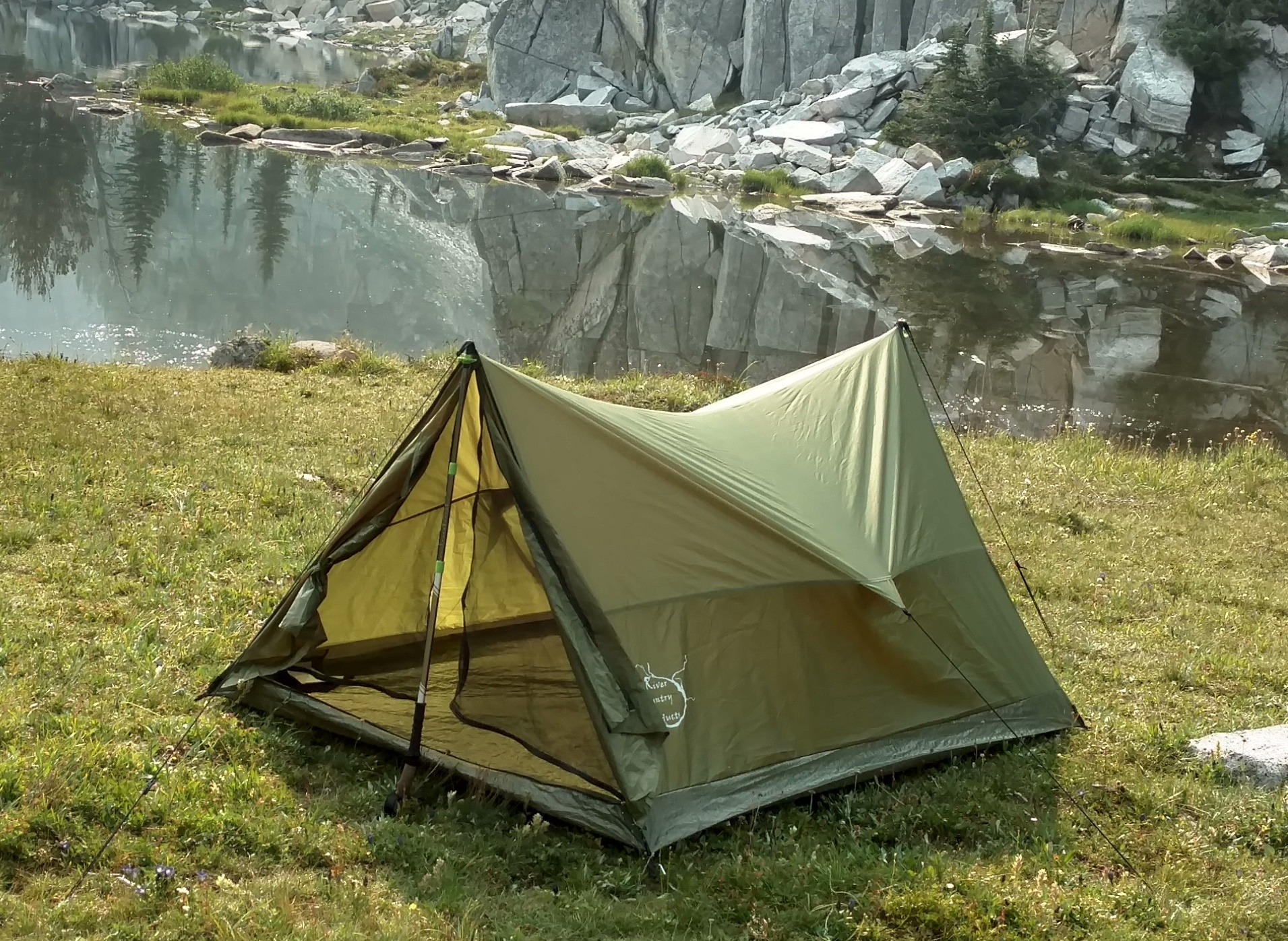














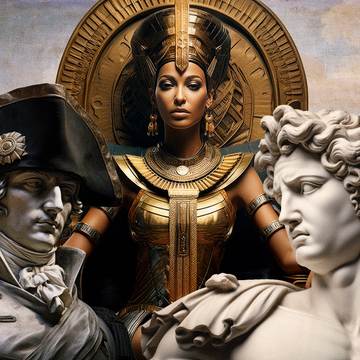

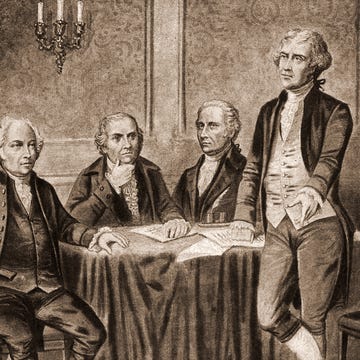




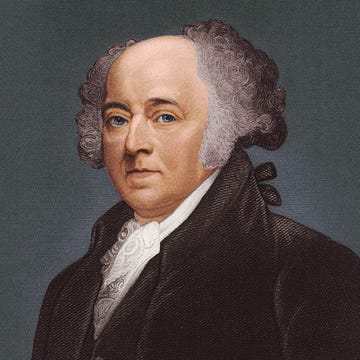


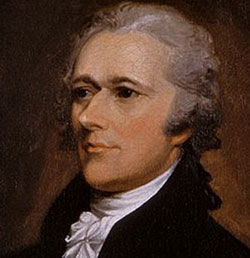
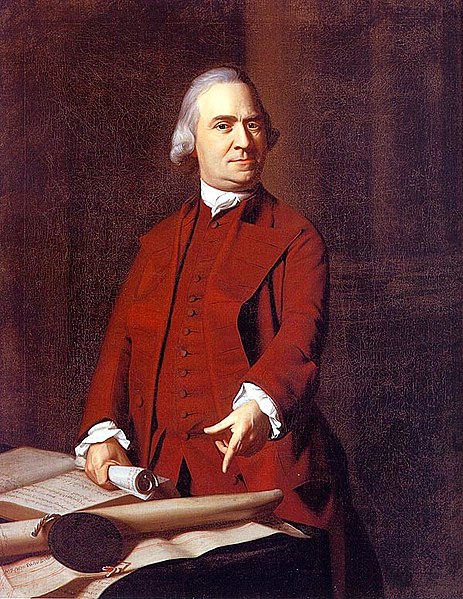
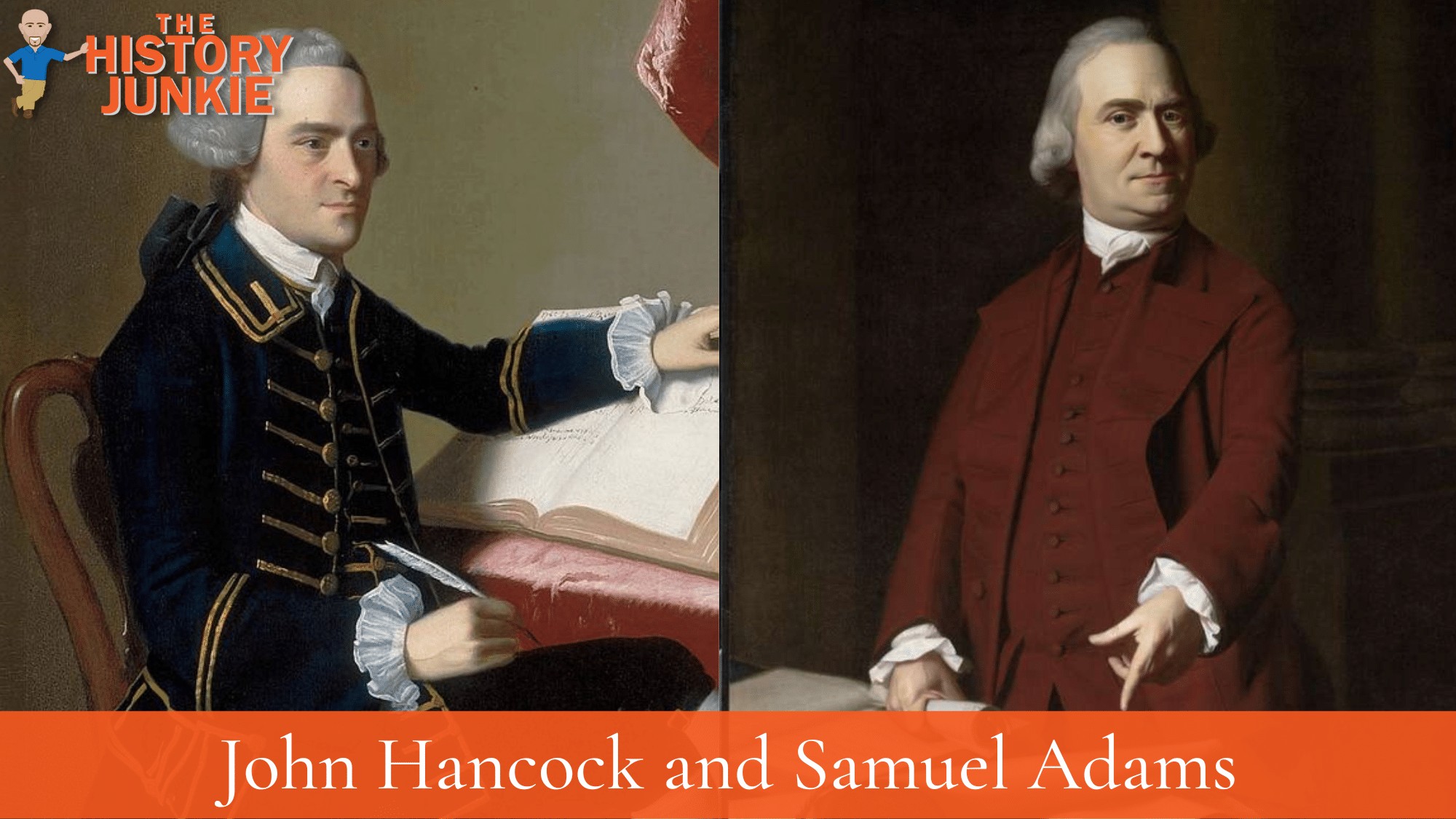

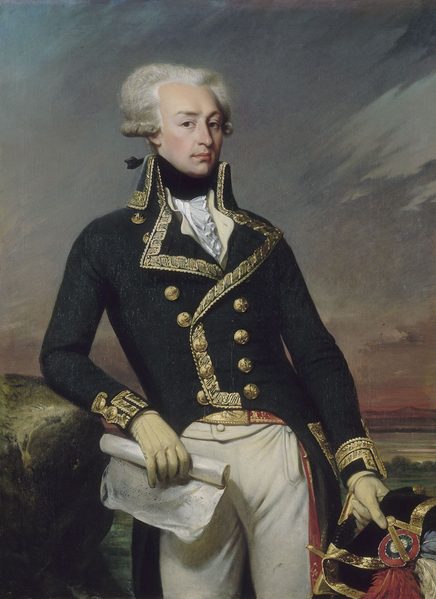



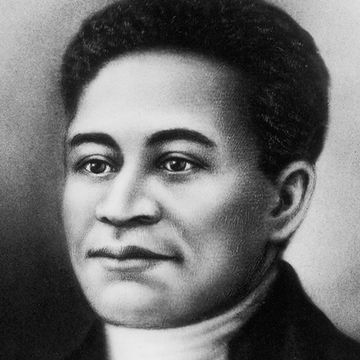
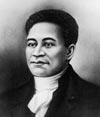




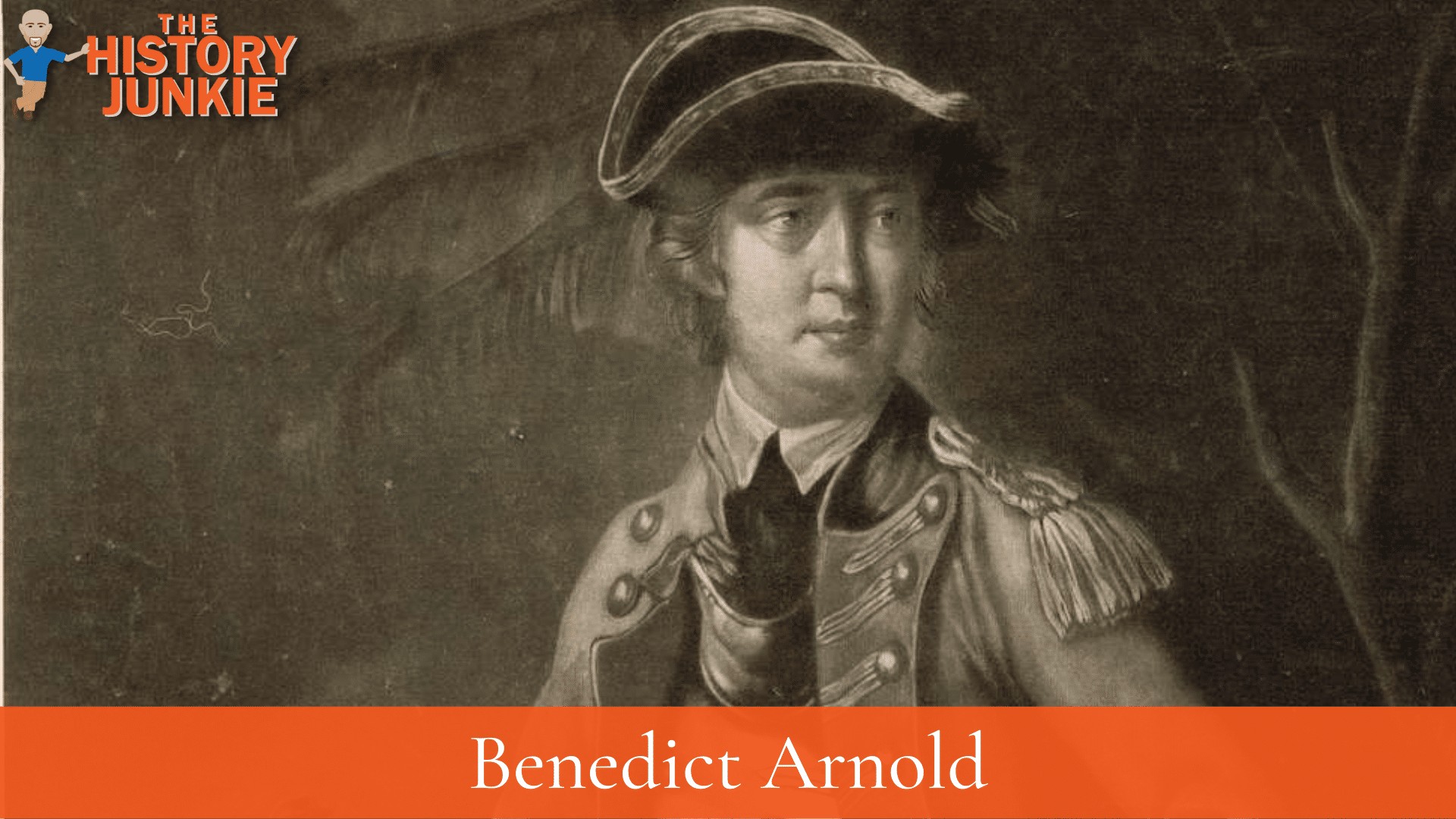

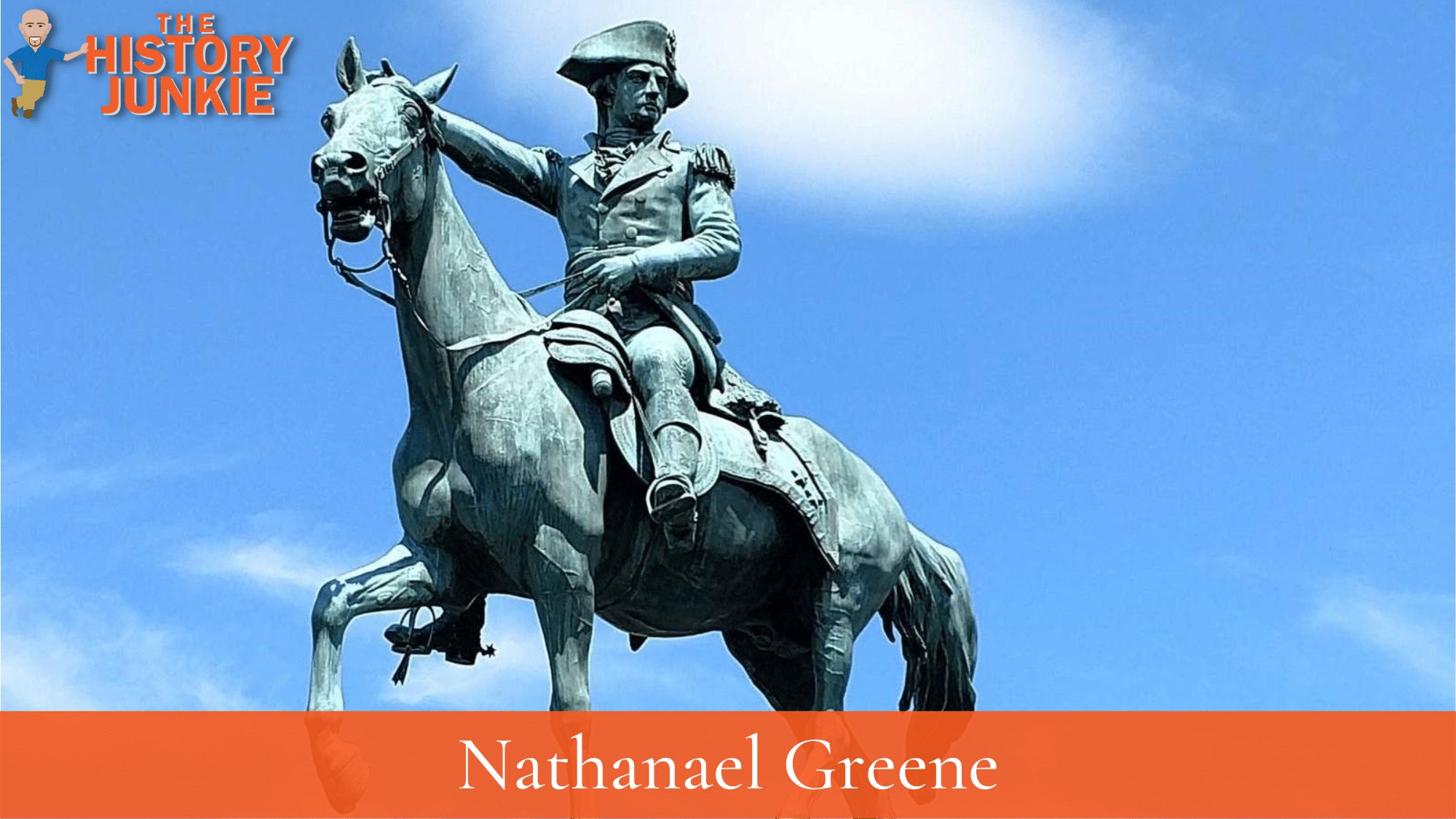
,-in-uniform-with.jpg)


